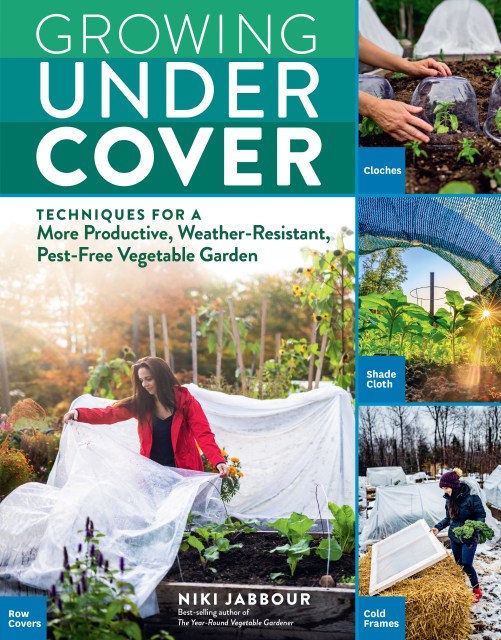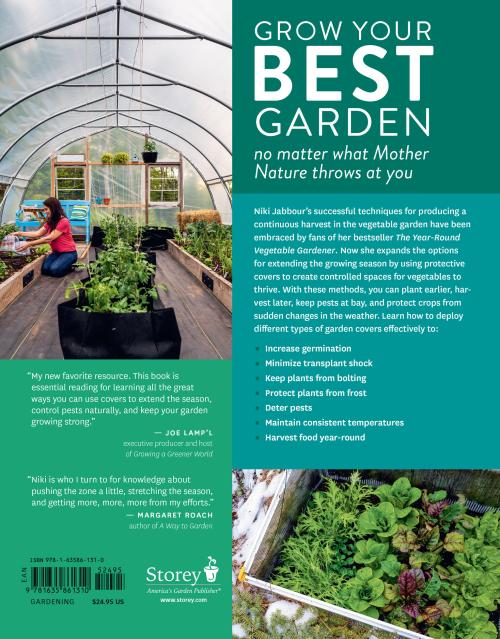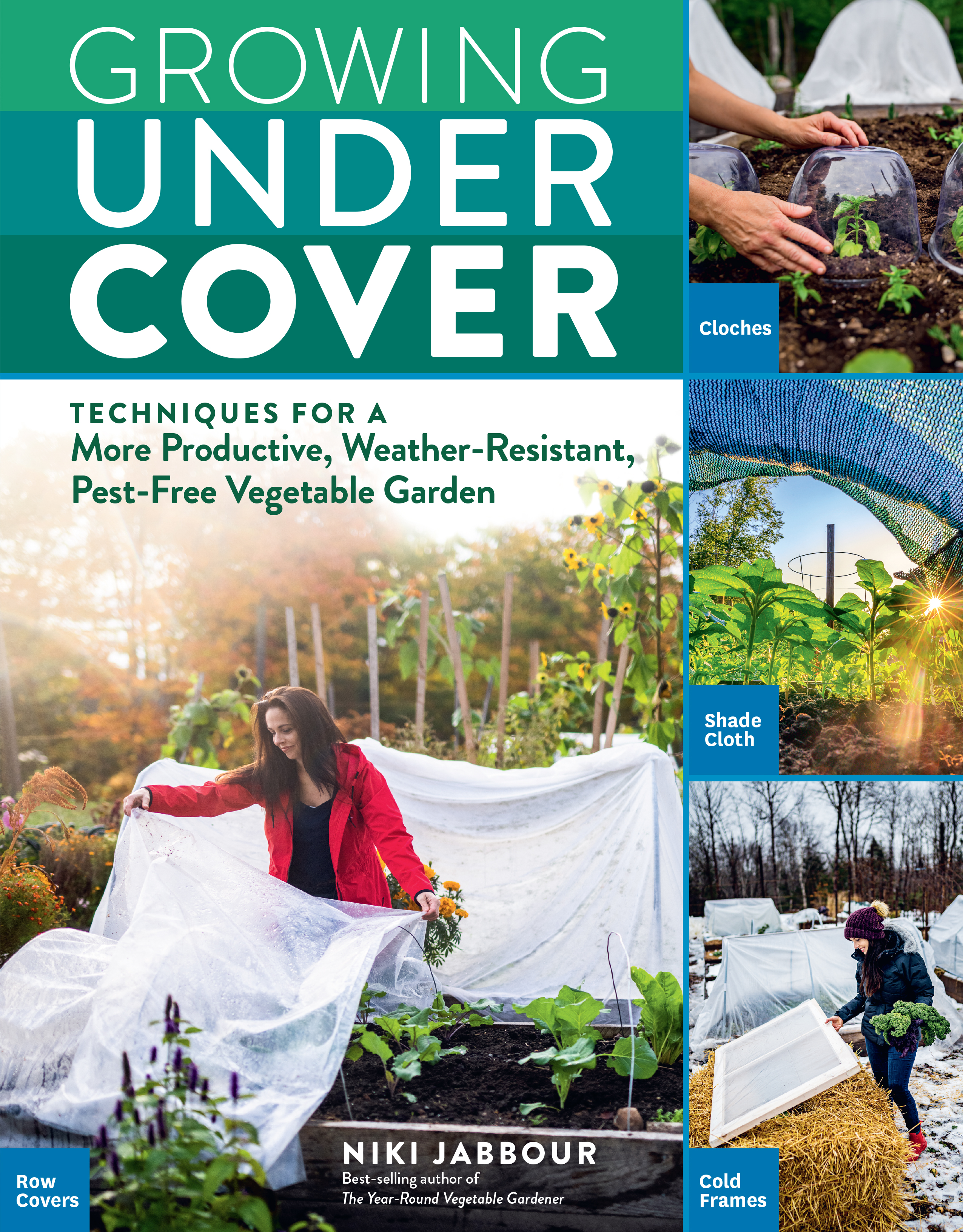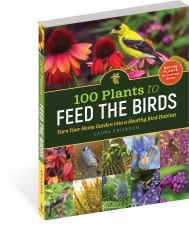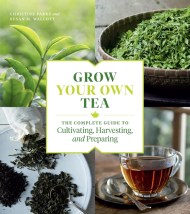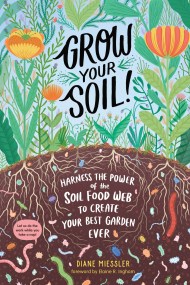Growing Under Cover
Techniques for a More Productive, Weather-Resistant, Pest-Free Vegetable Garden
Contributors
By Niki Jabbour
Formats and Prices
Price
$24.95Price
$31.95 CADFormat
Format:
- Trade Paperback $24.95 $31.95 CAD
- ebook $12.99 $16.99 CAD
This item is a preorder. Your payment method will be charged immediately, and the product is expected to ship on or around December 22, 2020. This date is subject to change due to shipping delays beyond our control.
Also available from:
Genre:
-
“Niki is who I repeatedly turn to for the nudge, and knowledge, to push the zone a little, stretch the season at either end, protect the plants, and get more, more, more from my efforts.”
— Margaret Roach, author of A Way to Garden
“Growing Under Cover is my new favorite resource. It has all the knowledge you need to take the guesswork out of extending the season. Essential reading for learning how to use covers to extend the season, control pests naturally, and keep your garden growing strong.”
— Joe Lamp’l, executive producer and host of Growing a Greener World
“I can see Growing Under Cover becoming well-worn as it accompanies me throughout the garden in every season. I’m so excited to up my raised bed–garden game with Niki’s techniques and suggestions for materials — from preventing pests to overwintering crops — so I can enjoy fresh, healthy veggies all year long.”
— Tara Nolan, author of Raised Bed Revolution
“Growing Under Cover is Niki Jabbour’s most beautiful book yet! It’s full of practical advice for any backyard food grower, from newbie to Jedi level, small yard to heavy-duty producer. Niki’s latest offering shares information that’s digestible to a gardener with any size plot while dropping a trail of aspirational breadcrumbs on how one could do more (and grow more!). This book is like getting smart, juicy gardening advice from a friend.”
— Amanda Thomsen, author of Backyard Adventure and Kiss My Aster
"[Jabbour] offers a helpful guide to creating enclosures for vegetable gardens, in order to 'grow more food for a longer period of time, grow higher-quality plants bothered by fewer pests and diseases, and mitigate the stresses caused by cold, heat, and extreme weather...' Her guidance will prove invaluable for vegetable gardeners determined to safeguard and prolong a robust harvest throughout the year."
— Publisher's Weekly
- On Sale
- Dec 22, 2020
- Page Count
- 216 pages
- Publisher
- Storey
- ISBN-13
- 9781635861310
Newsletter Signup
By clicking ‘Sign Up,’ I acknowledge that I have read and agree to Hachette Book Group’s Privacy Policy and Terms of Use
